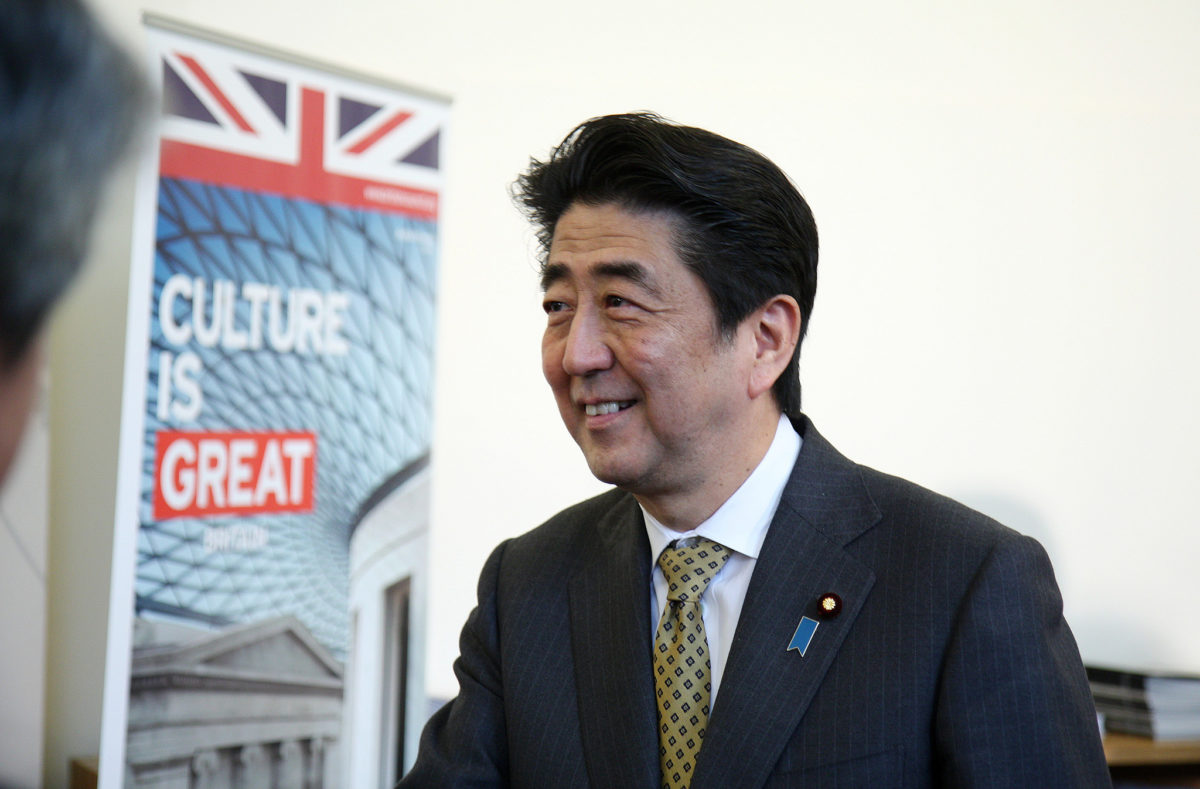Japan’s Ministry of Economy, Trade and Industry (METI) has proposed considerably reducing the feed-in tariff for large-scale PV projects approved between 2012 and 2014 that will not reach completion by March next year.
The Japan Photovoltaic Energy Association told pv magazine more than 20 GW of solar projects which are entitled to a ¥40 ($0.35), ¥36 and ¥32/kWh FIT may be affected, and confirmed they would be assigned a new rate of ¥21/kWh. According to Reuters, METI has estimated the aggregate installed power of affected projects may reach 23.5 GW.
In a joint statement, the Japanese chambers of commerce for America, Australia-New Zealand, Canada, and France – plus the European Business Council – expressed concern for such a move, stating it would undermine confidence in the security, stability, and predictability of Japanese market rules.
“With this new proposal, after years of commitment to renewable energy, Japan risks ceding its leadership in the industry and damaging its well-earned reputation for stability, transparency and [the] rule of law,” said the organizations.
New rules yet to be outlined
According to the business groups, the FIT cut proposal makes no distinction between assets that have achieved development or construction milestones and which have credible sponsors, and projects that lack such attributes. The proposed new deadlines for receiving the full FIT would be subject to as yet undefined local government and utility-driven processes.
In a report last month, U.S. research firm Fitch Solutions Macro Research predicted a further 17 GW of solar PV plants will be connected to the Japanese grid by 2020 – the current deadline for projects to secure a FIT contract. How much of that capacity will see the light of the day will depend on how many developers will be able to maintain project bankability under any new regime.
The Fitch report forecast a slowdown in the Japanese PV market for 2021-2027, with just 14 GW of new installations expected to be grid connected. That contraction would be chiefly attributable, said Fitch, to grid constraints and land availability – but the researchers added the transition from FITs to auctions, which have so far produced disappointing outcomes, would also be a factor.
This content is protected by copyright and may not be reused. If you want to cooperate with us and would like to reuse some of our content, please contact: editors@pv-magazine.com.




By submitting this form you agree to pv magazine using your data for the purposes of publishing your comment.
Your personal data will only be disclosed or otherwise transmitted to third parties for the purposes of spam filtering or if this is necessary for technical maintenance of the website. Any other transfer to third parties will not take place unless this is justified on the basis of applicable data protection regulations or if pv magazine is legally obliged to do so.
You may revoke this consent at any time with effect for the future, in which case your personal data will be deleted immediately. Otherwise, your data will be deleted if pv magazine has processed your request or the purpose of data storage is fulfilled.
Further information on data privacy can be found in our Data Protection Policy.